Lunch time was approaching when I left Kirkenes and my first stop in Finland was for fuel at Neiden, only a mile and a half over the border where some of the locals came over to say hello.
I woke up on my first morning in Finland and discovered I’d lost an hour. Norway is on Central European Time while Finland is on Eastern European Time and yet I was west of Kirkenes where I’d spent time in Norway. Such are the vagaries of international travel.The view from my door one morning. Typical scenery of northern Finland, trees and lakes, Lake Inari, Raudanjoki.
Later, I’d stopped in a picnic area near Raudanjoki when a couple of ambulances met up.
Later there was a bit of an, “Aaaargh – will it won’t it” moment when a reindeer trotted out from the left hand side of the road. Fortunately he saw me approaching and turned back.Reindeer are about the same size as a sheep but on longer legs and of course have those massive antlers. This one was bigger than many I’d seen and would have made a right mess of the motor.
In Norway on the E6 road where it crosses the Arctic Circle there was just the one tourist trap. On the E75 in Finland there’s a whole village dedicated to Santa Clause.
At Kemi I went to look at the port where the icebreaker Sampo is moored. During the summer, when there’s no ice to break, cruises are offered to the paying public. The Louie is carrying a cargo of wind turbine blades.
After leaving Kemi, I stopped at a service station on Highway 4 near Kuivaniemi where a number of lorries were also stopped. As well as conventional artics and rigids they use lorries with trailers, “wagon and drag”. The trailer is much longer than the lorry. In this configuration they are allowed a maximum length of 25.2m (82ft 8ins) and a maximum weight of 60t. The following night I turned off the main road to look for somewhere to stop for the night and found a nice spot in Annalankangas (just south of Haukipudas) on Konetie 4.I’d lost a filling, nothing serious but want it sorted before it became so. It seems there is a central contact number for dental appointments in Oulu. When I phoned it was suggested I go to the central dental clinic attached to the university. As ever there is paperwork to be completed.
I was impressed! The dentistry (a temporary filling) all done and dusted within the hour including the paperwork. The anaesthetic used is better than in the UK. At home it’s got the most unpleasant taste that gets in the throat. No taste at all with the Finnish variety and very quick acting. The only painful bit was having to fork out €29.90. The Finns have a similar system as the UK, adults pay.
Both front tyres had worn to the point I didn’t want Mr Plod to see them. €291.50 for a pair of van tyres. Camper tyres were not available unless I was prepared to wait for about three weeks. This is the furthest I’ve ever travelled for new tyres.
The City of Oulu is the capital of northern Finland and stands near the head of the Bay of Bothnia where the Oulujoki River discharges into the bay. The waterfront market square is still surrounded by the old storage sheds now used as shops and cafés. Away from the market place most of the buildings are modern concrete and glass.
A bright sunny morning in woodland near a lakeside beach on the outskirts of Oulu. The next stop was Vaasa, the regional capital of Ostrobothnia. King Charles IX of Sweden founded the town of Mustasaari/Mussor on October 2, 1606, around the oldest harbour and trade point around the Korsholm church approximately seven kilometres (4.3 miles) to the southeast from the present city. In 1611, the town was chartered and renamed after the Royal House of Vasa. This is why much of this part of Finland is bilingual Finnish/Swedish.There are a few wooden and older stone or brick buildings but most are modern concrete and glass. The main roads are wide, some with tree lined central reservations.
There are lots of open spaces on including a five-a-side football ground and other recreation facilities. The tall circular building is a former water tower now used to teach people rock climbing. The former lightship Faros is now a restaurant.
It’s not often an insect collides at just the right angle. Not right for the poor little bugger but it’s not the usual mess when a bug hits a motor. The next town I visited was Kristinestad, another very pleasant town with a mix of timber and modern concrete buildings. The latter being in keeping with the older property. I found a good spot to stop adjacent to a small beach on the outskirts equipped with changing rooms and a loo; basic but functional.On the island of Tahkoluoto north-west of Pori is the village of Reposaari. Almost all of it is one and a half story wooden houses that have seen better days. The only building that sticks out is an eight story block of flats.
Originally S/S Bomba, S/S Santtu was built as a steam tug in 1894 in Helsinki Shipyard when Finland was part of the Russian empire. She served the Russian Naval Base in the Gulf of Finland Sea Fortress. Upon Finnish independence in 1918, she was transferred to the Finnish Navy, renamed S/S Santahamina and was sold to industry in the 1920s. She was extensively refitted in the late 1930s and given her present name. During the war years, Santtu was used on guard duties and after the war on mine clearance. In 1948 a diesel engine was installed. In 1982 she was donated to the City of Pori as a museum piece.
The last shot tower left in Finland is at Pispala in Tampere. A shot tower is where shotgun pellets are made by dropping melted lead down a tube. The tower dates from 1908 and is 180 feet high. It fell out of use in 1972.Adjacent to the tower are wooden houses built for local workers.
In the early nineteenth century James Finlayson, a Glaswegian industrialist, set up a factory making machine tools in Tampere. Eventually the factory changed to producing other things. There is a waterfall in what is now the middle of the town and an electricity generation station was built on top.The factory buildings are now used by businesses (inc a brewery/pub) and as an art centre.
I was passing the Plevnan Brewery Pub (immediately inside the arch) and it was the only place to sit down, honest. The Plevnan Vaalea Pils (4.7%) to kill the thirst. The Siperia Stout (8%) to taste. Both excellent beers.
A tram system is currently under construction and will provide fast transit across the city. Amongst the heavy machinery is use are earth moving machines made by JCB based in Staffordshire. These workers houses in Portsa, Turku were built in 1901 and are grouped around courtyards. Talking to one of the residents he told me they have a brick core which provides a cold store. Many were demolished and replaced by blocks of flats. Fortunately, enough people realised what they were losing and the remainder were saved. In the port of Turku, where once stood ships carrying cargos and warehouses to receive them are now pleasure boats and apartment blocks. Down stream the port traffic is still commercial including ferry services to the Finnish islands and refuge for the Finnish Navy. In Ekenäs many of the streets in the old town are named after the trades of the past. Street names such as the Hatter’s Street (Hattmakaregatan), Linen Weaver’s Street (Linvävaregatan), Cloth Weaver’s Street (Handskmakaregatan) are still used. One oddity was Barlow’s antiques owned by an English emigré. Old Porvoo with its wooden buildings is still unspoilt and must have one of the smallest cathedrals. Helsinki has an extensive tram system stretching from leafy suburbs to the city centre. The time had come to leave Finland. I booked a place on the ferry to Tallinn, the capital of Estonia, with arrival some two hours and ten minutes later. The only land connection is via St Petersburg in Russia which would need a visa.The tour continues in Eastern Europe – Estonia






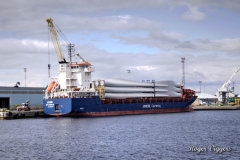
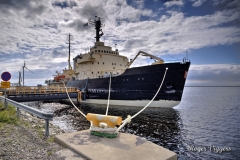



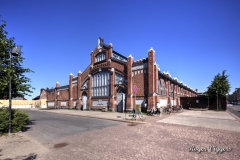
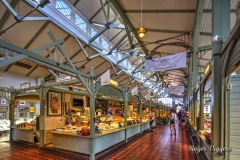
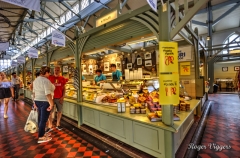



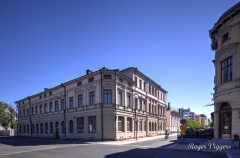


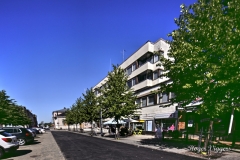
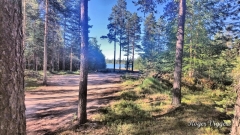


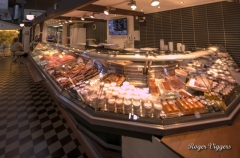


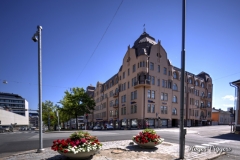
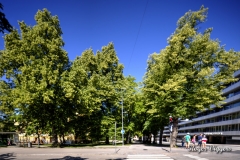









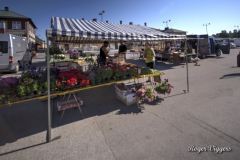





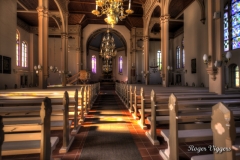






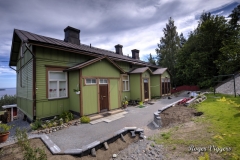






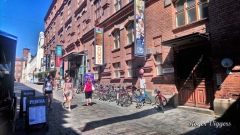
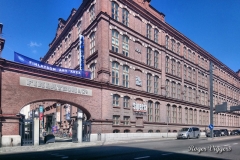



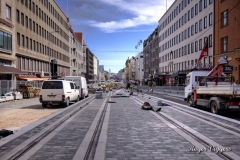




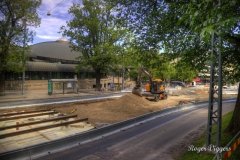





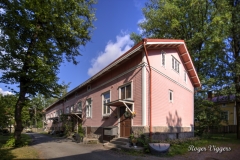
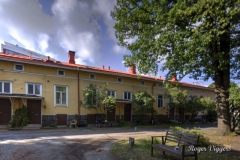





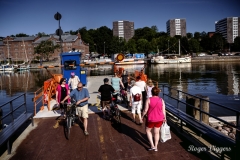





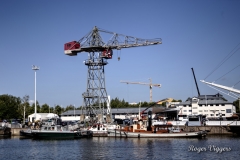



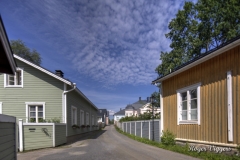

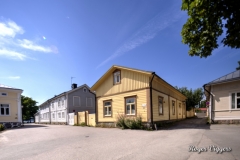


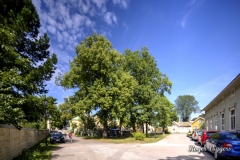
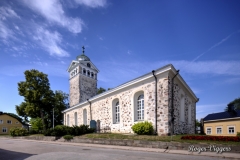

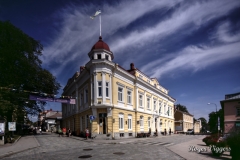

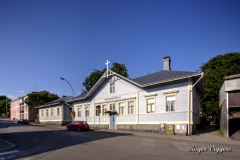



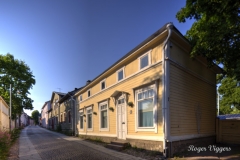
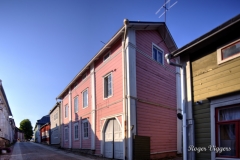



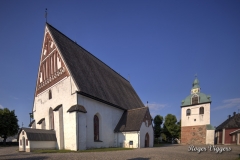





Leave a Reply